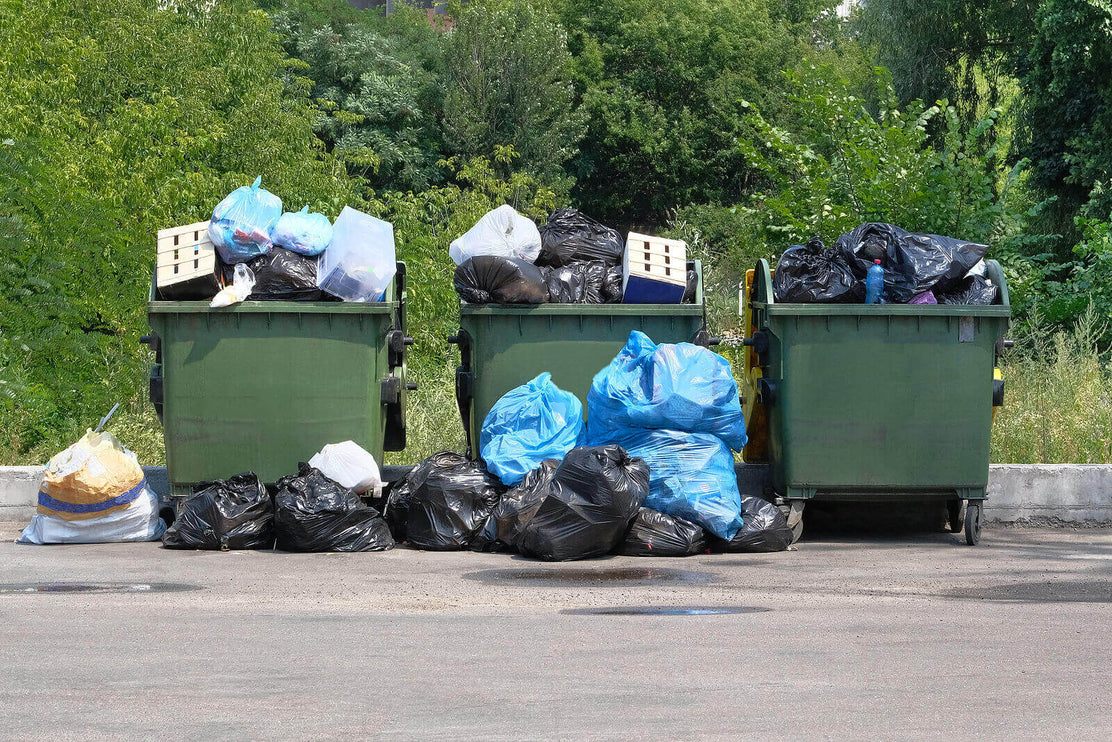Recycling plays an important role in residential waste removal by helping to reduce the amount of waste that is sent to landfills. Residential squander removal also helps conserve natural resources and reduce the amount of energy used to manufacture new products. By recycling, residents can help create a greener and healthier environment.
Benefits of Recycling
Recycling helps reduce the amount of waste that is sent to landfills. This reduces the amount of pollution that is created by landfills, such as the release of methane gas. Recycling also helps conserve natural resources, such as trees, water, and minerals, as recycled materials can be used to create new products. Recycling also helps reduce energy consumption.

Image Source: Google
How to Recycle
The first step in recycling is to separate recyclable items from non-recyclable items. Common recyclable items include paper, plastic, glass, and metal. It’s important to check with local authorities to find out what items can be recycled in your area. Once the items have been separated, they should be placed in designated recycling bins or bags. It’s important to make sure that the items are clean and dry before being placed in the recycling bin. Contaminated items can make other items in the bin un-recyclable.
How to Dispose of Non-Recyclable Items
Non-recyclable items should be placed in the regular trash bin for disposal. It’s important to avoid throwing hazardous materials, such as paint, oil, and batteries, in the trash bin as they can be dangerous to the environment. It’s best to take these items to a local hazardous waste facility for proper disposal.